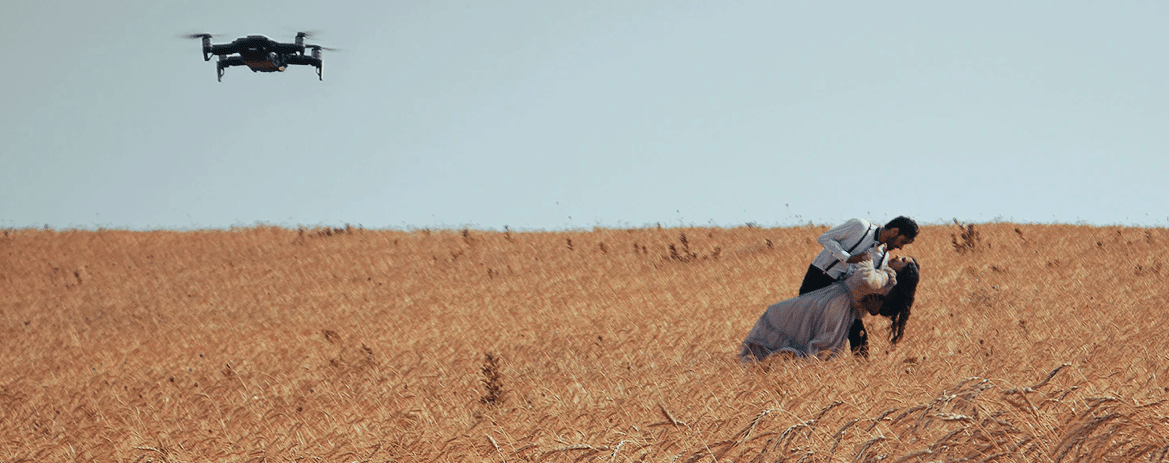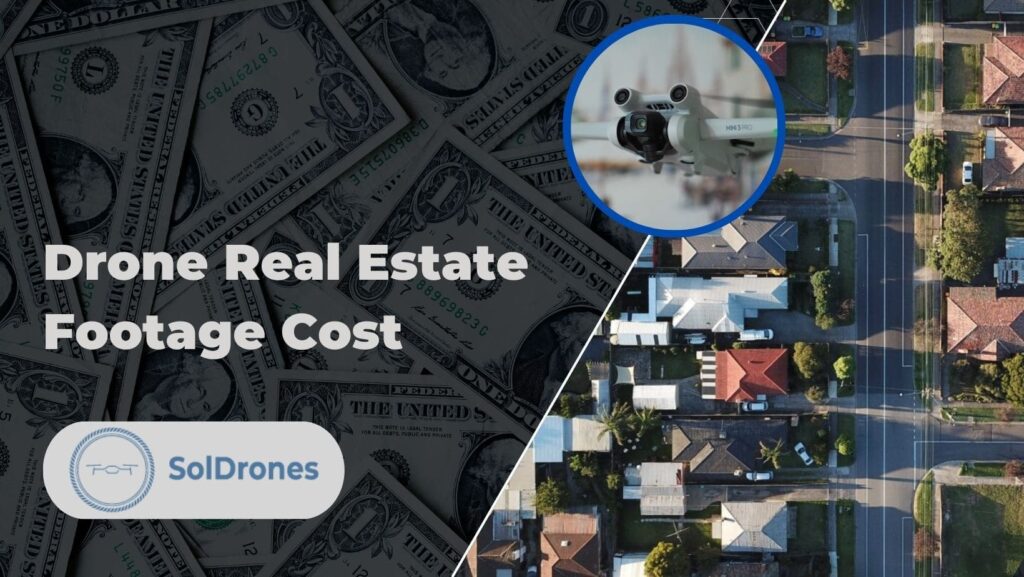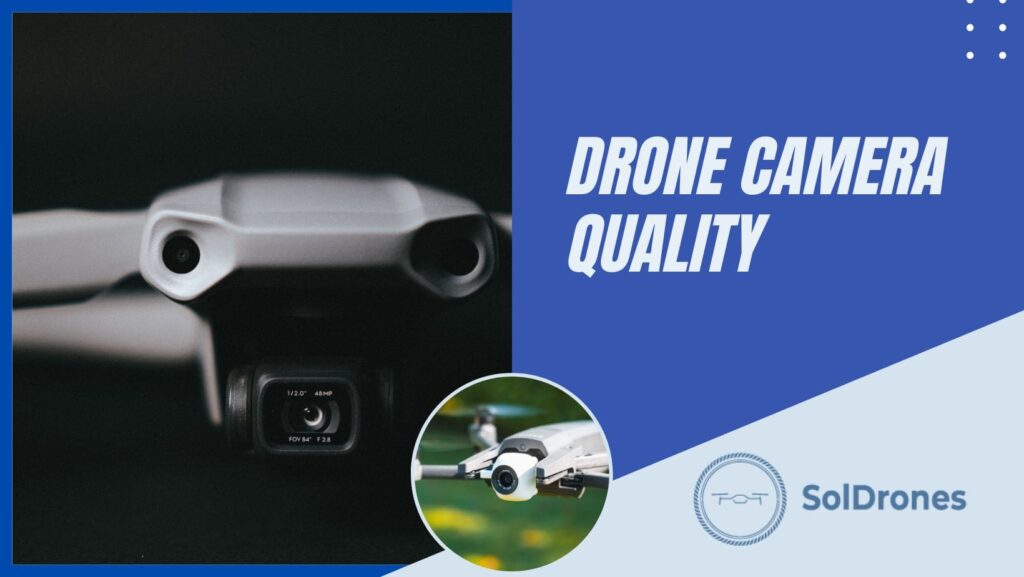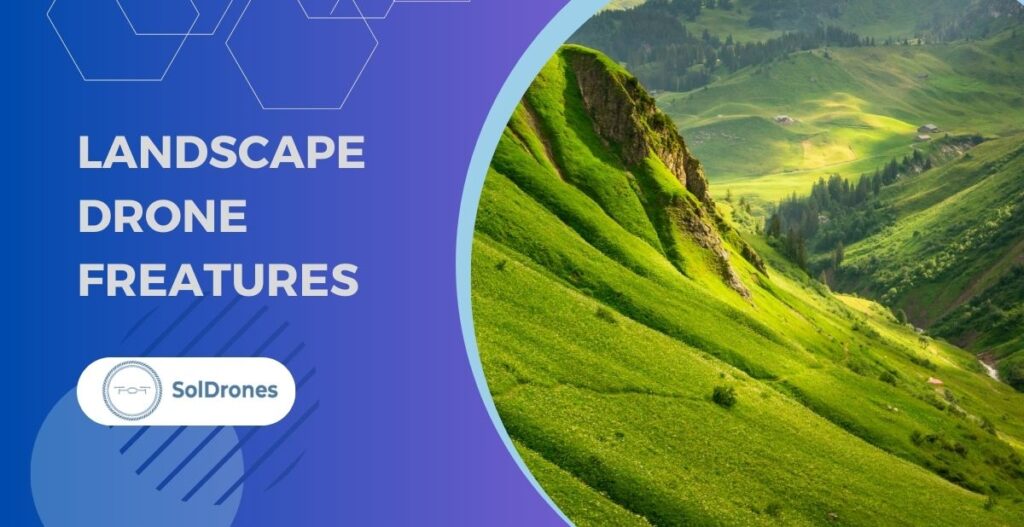It’s true – drone entrepreneurship can be a very lucrative industry. Some commercial drone pilots are earning $100k+ per year.
But, most people that fly drones don’t end up earning a single dollar…
The most successful pilots are implementing cutting-edge business strategies like leveraging the content they create to generate residual income while they sleep.
Many drone entrepreneurs get started by picking up an affordable drone like the DJI Mini 3 Pro or the Mini 4 Pro, which allows them to hit the skies and capture 4K video.
Did You Know: Project-based freelance jobs don’t need to be your only income stream as a drone pilot. The content you create can be monetized by simply repurposing across social media channels and stock photography sites that broaden your distribution and passive income earning potential.
Flying drones recreationally is fun but many drone pilots don’t realize that with a small bit of effort, they can convert their flying skills into cash.
To earn money as a drone pilot legally, all you really need to do is pass the Part 107 Exam and get your commercial pilots license. Once you become a commercial drone operator, you can start earning an income with your drone skills.
The most exciting part about becoming a certified drone pilot is that you can earn an income from multiple income sources, many of which are entirely passive once you’ve completed the initial setup.
But before we unpack the different income sources you can create as a commercial drone pilot, it’s important to review why you should invest your time and resources into building a commercial drone business.
Why Should You Become A Drone Entrepreneur (Or Double-Down as an Existing Drone Entrepreneur)
If you’ve kept up with the UAV industry lately, you’re well aware of the impact drones – or unmanned aeronautical vehicles (UAVs) – are having on businesses across many industries.
Successful drone businesses are elevating throughout many industries, such as:
- Photography: Photography services for events, weddings, and companies that need marketing footage.
- Real Estate: Real estate agents are providing their clients with better marketing material by utilizing drone photography to showcase properties from an aerial view.
- Agriculture: Big ag companies leverage drones to monitor crops and livestock, and fertilize fields more efficiently than traditional farming methods.
Construction: Ensuring worker safety on construction sites is absolutely critical to construction companies. An entire construction site can be surveyed and inspected in a matter of minutes with drone technology. - Journalism: Aerial videos and photography and amplifying the journalism industry by providing journalists with new perspectives and methods of gathering information to tell their story.
- Police & Fire: Serving as an alternative to helicopters, drones technology can be much more cost-effective when used by police forces or firefighters in need of aerial views, while providing more safety.
Simply put, drones are becoming more common in any industry that already had a need for photography, videography, or inspections.
Goldman Sachs research team made the following statement:
“Like the internet and GPS before them, drones are evolving beyond their military origin to become powerful business tools…we forecast a $100 billion market opportunity for drones—helped by growing demand from the commercial and civil government sectors”
This growing demand for drones throughout many industries is now being served by the new age of commercial drone businesses and startups.
If you’re at the early startup stage, we’ve outlined five key steps to consider when starting your drone business as an entrepreneur.
5 Steps to Starting Your Commercial Drone Business
These five steps will help you with setting up your commercial drone business:
1. Business Operations
As a commercial drone entrepreneur, you will need to develop a solid plan that overviews your business operations such as company structure, financial plan and expenses, revenue streams, company naming, accounting systems, and more. For example, you might decide to register your business as a Limited Liability Company (LLC), sole proprietorship, C corporation, or S Corporation. To determine what makes the most sense for you, spend some time researching your options ahead of time so you can ensure you’ve properly set up a safe and operational entity.
You will also want to consider selecting an accounting system (for example, TurboTax) and developing a financial plan so you can properly forecast your expenses and revenue streams. The last thing you want to do is to start a business that results in a waste in your time, resources, and money.
2. Market Research
Knowing which industry to focus on is an important aspect of becoming a commercial drone pilot. Consider what services you will be offering and which industries have high demand for your services. Is there demand for drone pilots in your area or will you need to travel to find clients? What’s the competition look like for the services you’re offering? Spend some time googling your local area to get a sense for what competition currently exists.
3. Certification, Registration, and Training
All commercial drone pilots within the United States must hold a Remote Pilot Certification issued by the Federal Aviation Administration (FAA) after passing the Part 107 Exam. The FAA’s website provides a detailed overview of additional requirements for commercial drone pilots.
Learn more about what it takes to prepare and pass the Part 107 exam here and be sure to understand the differences between recreational flying and commercial flying.
4. Equipment and Insurance
You will need a drone to conduct flight missions and capture content. Examples of drones you could consider investing in include the DJI Mini 3 Pro, DJI Mavic Air 2, or first person view (FPV) drones.
Additionally, you may need video editing software to edit the content that you capture. Final Cut Pro, iMovie, and Adobe Premiere Pro are a few of our favorite video editing softwares for drone pilots.
It is also recommended that you consider investing in an insurance plan that covers your business and equipment. A few examples of drone insurance providers include Avion Drone Insurance or the United States Aircraft Insurance Group.
5. Business Plan Marketing
A business plan provides an overview of the goals you aspire to reach and the strategies you will deploy to reach those goals.
Having a business plan can help you project manage the steps you will take to develop a profitable business. Most business plans typically have sections such as an Executive Summary, Company Overview, Industry Analysis, Competitor Analysis, Marketing Plan, Operations Plan, Financial Plan, and more.
Scaling Your Drone Business

Freelance gigs are great, however, the key to scaling your drone business is creating income streams that don’t require your time flying as a drone pilot.
If you’re a drone pilot capturing epic photography and videography of landscapes, industrial settings, sunsets, and action sports, you’re doing yourself an injustice by not sharing the content with others, as long as you’re considerate of the rules and regulations of the areas you’re flying (for example, you are prohibited from flying your drone in national parks).
The photos you take and videos you create with your drone can be repurposed across social media, YouTube, and also sold as licensed footage.
1. Social Media Pages (Instagram, Facebook, TikTok)
Create social media pages across Instagram, Facebook, TikTok, and other social media channels. By posting valuable content that drives social media engagement and attracts more followers, you can unlock monetization opportunities on your Instagram page. Several ways in which you can monetize your social media accounts include forming partnerships with brands and promoting their sponsored content, enabling ads on your Reels or videos, or joining affiliate programs.
2. YouTube Channel
Create a YouTube channel that showcases the footage you’ve captured. By editing your drone video content and adding voiceovers, captions, and music, you can turn a quick and simple video into a stellar production.
3. Licensed Footage (Unsplash, Shutterstock, Pexel)
Websites like Flickr, Pexel, Unsplash, and Getty Image give photographers and videographers unique opportunities to expand their audience reach and potentially earn passive income from the content they create. For example, if you create a Flickr account, you can license your content through Getty Images, and when your content is used, you will earn a small commission. In some cases, sites like Pexels may not pay you directly, however, your photography could be used by marketers that attribute you credit.
Final Thoughts
In summary, some of the most successful drone pilots expand their business horizons beyond freelance photography gigs and leverage the internet to cross-promote their content which ultimately generates more brand awareness. More brand awareness can then be converted into additional customers or revenue streams – many of which are passive. The brand awareness and passive income you can generate from your drone photography will compound over time and ultimately accelerate your business earnings.







